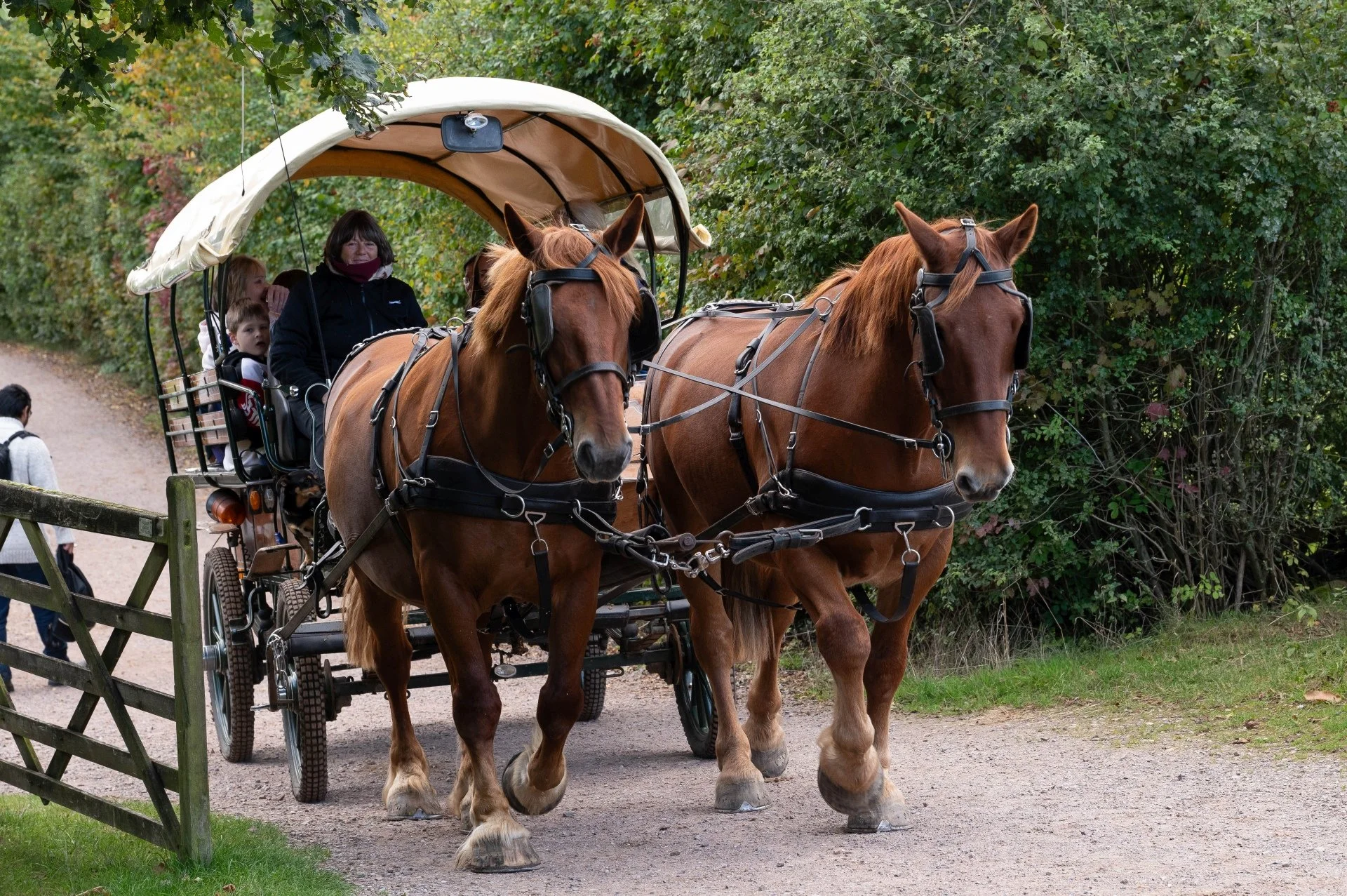Chiltern Rural Life: How Roads Changed Through the Centuries
Before the 18th century, the people of the Chilterns lived in a largely rural landscape of remote villages, hamlets, farmsteads, and market towns along the main roads. Most people did not travel far from their homes and strangers would be viewed with some suspicion and sometimes with good reason because destitute newcomers could become a financial burden on an already poor community. In 1782, the German writer Charles Moritz toured England and found even greater suspicion from the locals but for another reason. One day he reached Litchfield, then a quite small town, and he comments that “the manners of some of its inhabitants were so thoroughly rustic, and rude, that I saw them actually pointing at me with their fingers, as a foreigner…”.
The physical conditions that you faced as a traveller were frequently arduous. The “roads” at that time were very unlike our mental picture of a road. Many were not roads or even well-worn tracks, but simply rights of way that were muddy in Winter and dusty in Summer. You certainly needed to be hardy to deal with the conditions you might meet. When John Wesley was informed by his servant on the morning of 18th Feb. 1747 that the roads were impassable because of heavy snow, Wesley’s response was:
“At least we can walk twenty miles a day, with our horses in our hands.” And they did!
Horse-drawn carts at the Museum
In 1555 parishes were formally given the responsibility for the upkeep of the roads, but this was an impossible burden as usage increased. In Wordsworth’s A Guide Through the District of the Lakes, a much more remote place than the Chilterns, written in 1810, he notes that only in the last sixty years had roads appeared linking the valleys and that previously all bulky items were transported on pack horses. In the Chilterns, such pack horse routes included Collier’s Lane, between Stokenchurch and Radnage and others between Henley and Wallingford. Most pack horse roads had to be bypassed by the new roads as being unusable by wheeled traffic. The steep roads up and down the Chilterns escarpment, as at Stokenchurch, were particularly hazardous for wheeled vehicles. In the early 1700s “flying waggons” were introduced, not because they went faster, but because companies would run the service 24 hours a day. The wooden waggons were huge and towered over the horses. The rear wheels could be 5 ft in diameter, the covering tarpaulin 12 feet high and the bed of the waggon 13 ft by 5 ft wide. In addition, the load would weigh as much as six tons in summer and perhaps five tons in winter
The ever-increasing carriage and waggon traffic on such roads as there were in England eventually led to the Turnpike Trusts which charged a fee to use the road, employing the money received at the Toll Houses to repair the roads.
The High Wycombe Toll House at the Museum
A Table of Tolls on display at the Museum
The first such toll road or turnpike was created by an Act of Parliament in 1663 and authorised the justices of the peace in Hertfordshire, Cambridgeshire and Huntingdonshire to impose various rates of toll on traffic on the Old North Road for a period of eleven years. Nationally improvements were slow to come however. A young clergyman, John Burton, was travelling in Sussex in 1751 and in the account of his journey he writes the following:
“Why is it that the oxen, the swine, the women and all other animals, are so long-legged in Sussex? May it be from the difficulty of pulling the feet out of so much mud by the stretch of the ankle, that the muscles get stretched, as it were, and the bones lengthened?”
Heavy horses take visitors on carriage rides during the Harvest Festival at the Museum in September 2024
The new and better maintained roads meant that a six-horse wagon could haul six tons compared with the one ton that would be shared by six pack horses. Moreover the improved road network led to towns on the network expanding and providing more and bigger inns at which the coaches could stop, as for example, in Amersham, Wycombe and Beaconsfield, and many of these inns still exist today.
By the early 1900s motor vehicles were becoming more common and the peace of the Chilterns was becoming more disturbed by visitors, sightseers and motor traffic. The first motor bus service between Wycombe and Beaconsfield started in 1908 and by 1921 buses connected central London with Wycombe and London Transport ran a service to Whipsnade Zoo in the 1930s.
Horrified protectors of the countryside perceived the countryside as being desecrated by speeding vehicles and cheap buildings. The bungalow was particularly disliked as it was cheap to buy and erect. One such was the “Cottabunga” supplied by Browne & Lilly, Ltd. of Reading. This company also supplied the quaintly named Motor Houses, which we would call garages.
Written by Roger Coode, Museum Volunteer




